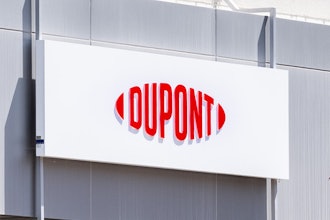
Benko Products, Inc. (Sheffield Village, OH) has custom-designed a foundationless railcar platform to fill a customer’s specifications.
A recent client reached out to Benko Products requesting help with a railcar loading process. The current application had operators climbing the side of liquid railcars while carrying tools needed to open the manways. These liquid railcars remained coupled together, making spotting the railcar difficult for the local railroad. A typical safety cage solution was not ideal for this application due to different sizes and configuration of the crashboxes on top of the railcars. Plus, the spacing between railcars made alignment difficult.
Benko Products’ solution grants operators safe access to the top of a fixed platform. The platform consists of a single pedestal design with a tracking safety bridge. The single pedestal design reduced installation costs for foundations. The tracking safety bridge enables the operator to slide a spring-operated fold-down ramp along the outside edge of a 13’ long platform. This design allowed the operators to position the access equipment in the ideal position to safely access the top of the railcar. Now, the operator can safely carry the tools needed to open the manway without having to climb the ladder on the side of the railcar. A typical safety cage was not the best option for this application because of the various sizes of the railcars’ crashbox.
Benko Products incorporated a fall restraint system into the supported pedestal platform with an overhead trolley beam. The trolley beam system provides the operator with freedom of movement while on top of the railcar. The trolley beam system is precisely engineered to meet OSHA regulations including the live load requirement of 5,000 pounds for tie-off and safety harness attachment points.
This scenario plays out in many facilities. A Tie-Off System is a better option for some applications. Before you install a fall arrest or fall restraint solution, several factors must be taken into careful consideration.
- Fall Clearance – you need someone who is trained and qualified to help you. Each system has pros and cons that should be addressed.
- Secure Tie-Off Points – too many times, we see operators using tie-off points that are not rated for the loads required (5,000 lbs.).
- Chemical being transferred – you do not want to use a fall arrest or fall restraint solution if exposure is hazardous to the operator.






















